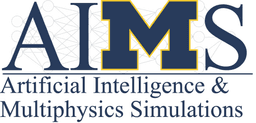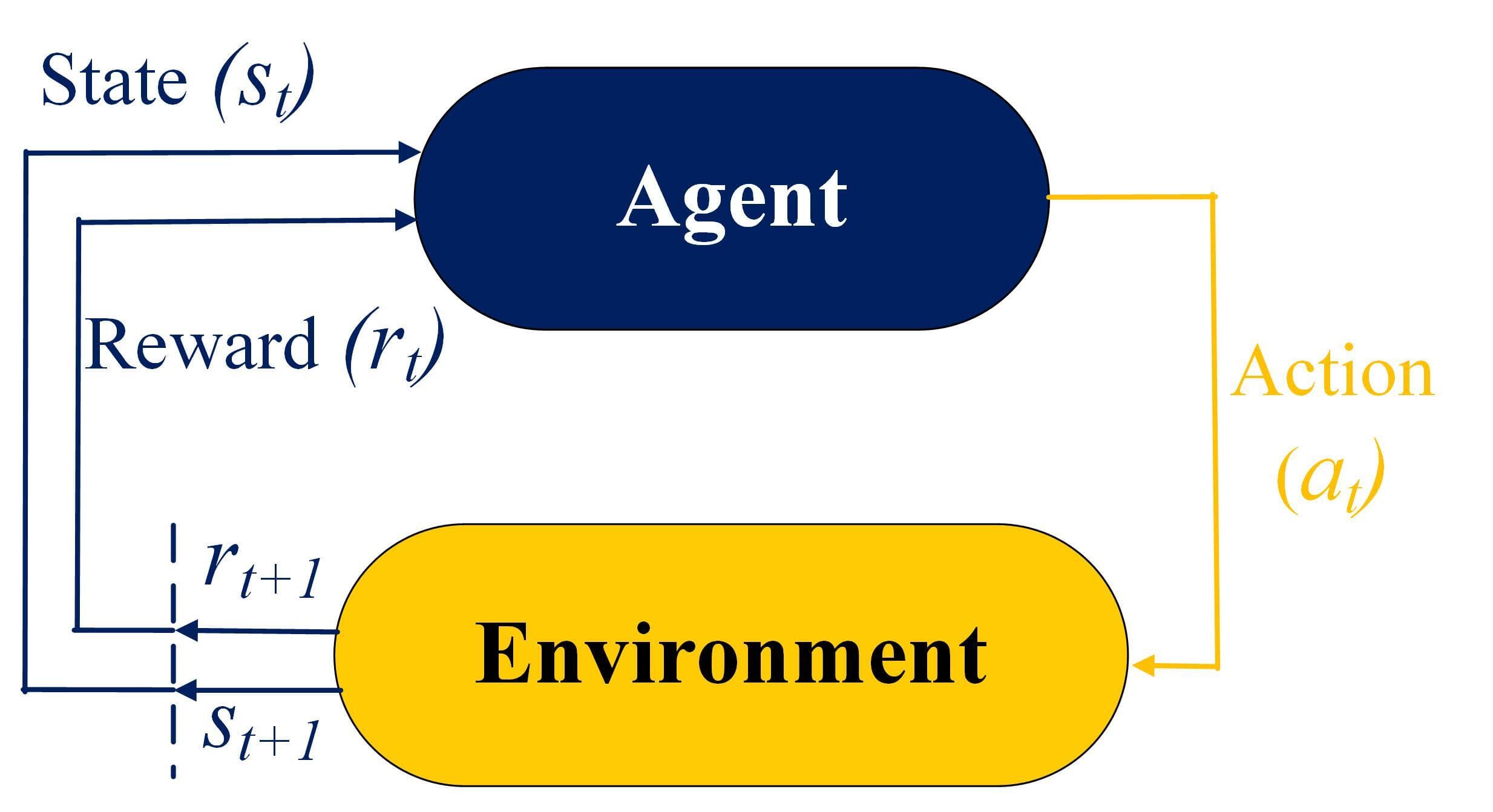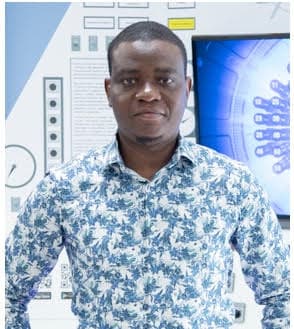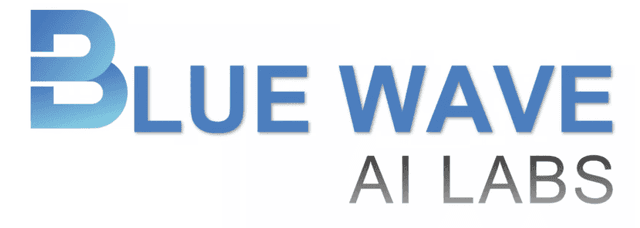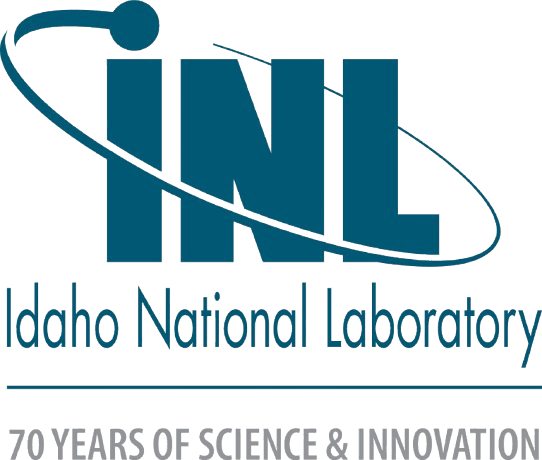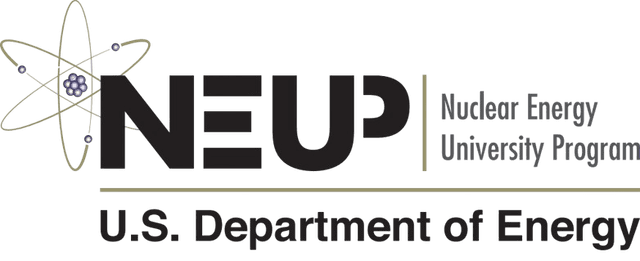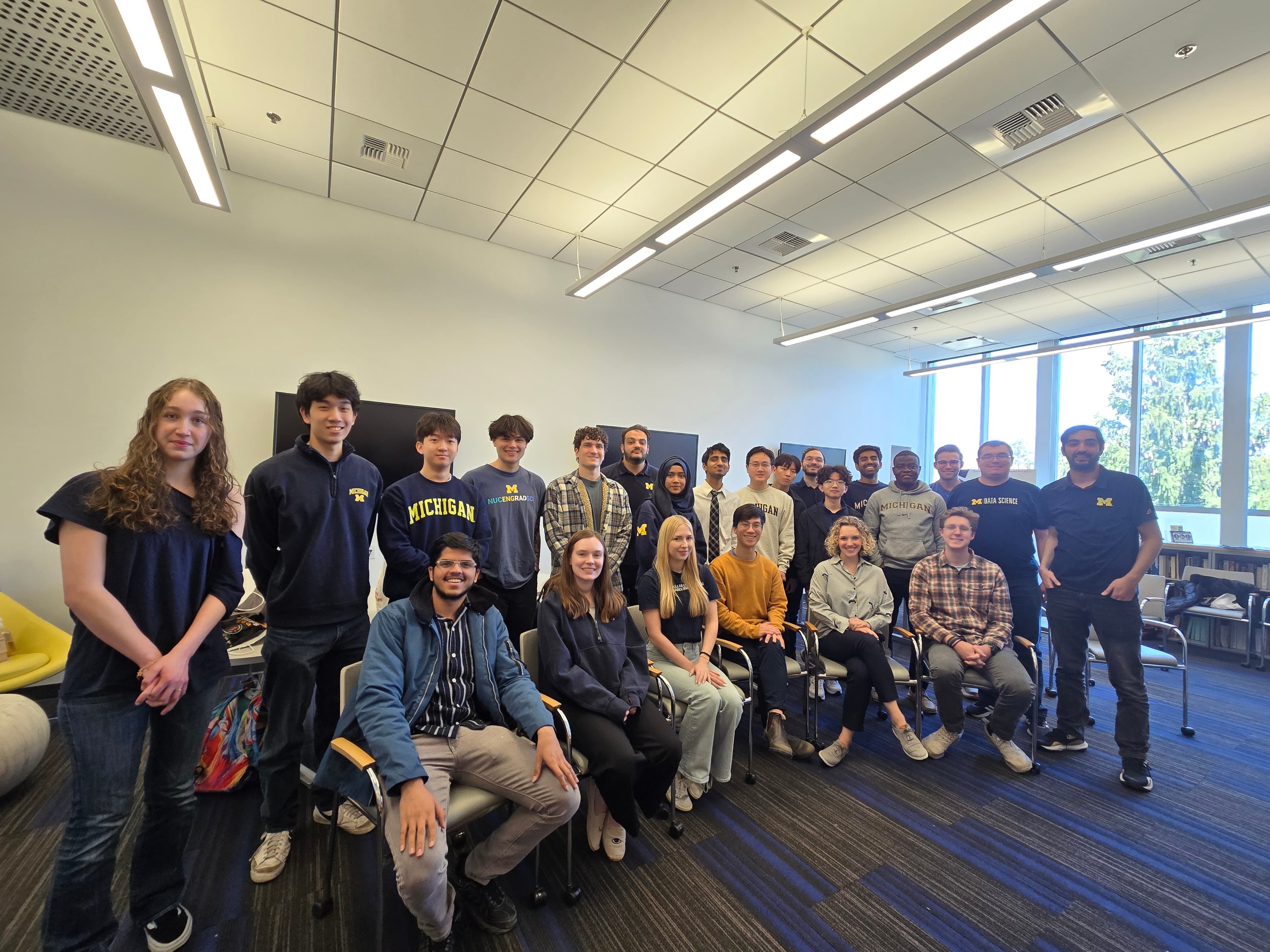
ABOUT THE LAB
The Intersection Of Artificial Intelligence and Nuclear Engineering.
We work at the intersection of nuclear engineering & computer science to develop scalable and deployable algorithms for optimization, control, and safety performance in complex systems like nuclear power plants.
Proud To Be Affiliated With
Core Values
Students usually join our group for two main reasons: they value the high quality of our research and publications, and they hear great things about our lab culture. In AIMS, we have five core values that we strive to maintain: Welcome, Support, Compete, Respect, and Listen.
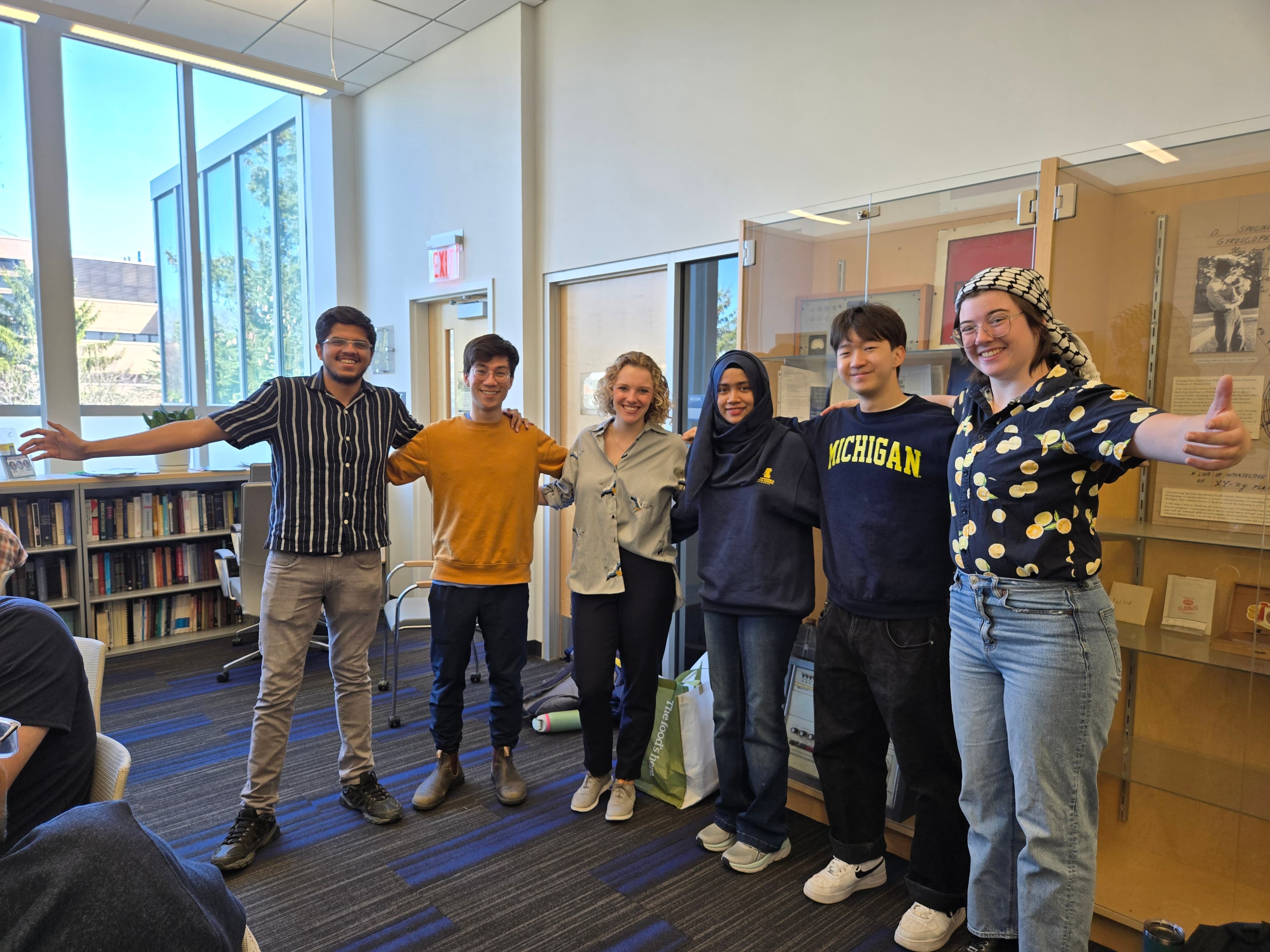
Welcome
We welcome individuals from all backgrounds, cultures, and perspectives. Our lab thrives on openness, creating a supportive environment where everyone feels respected and can contribute their unique insights to our research.
Recently in AIMS
Recent Research
Explore our latest publication that showcases our cutting-edge research in nuclear engineering and computational science.
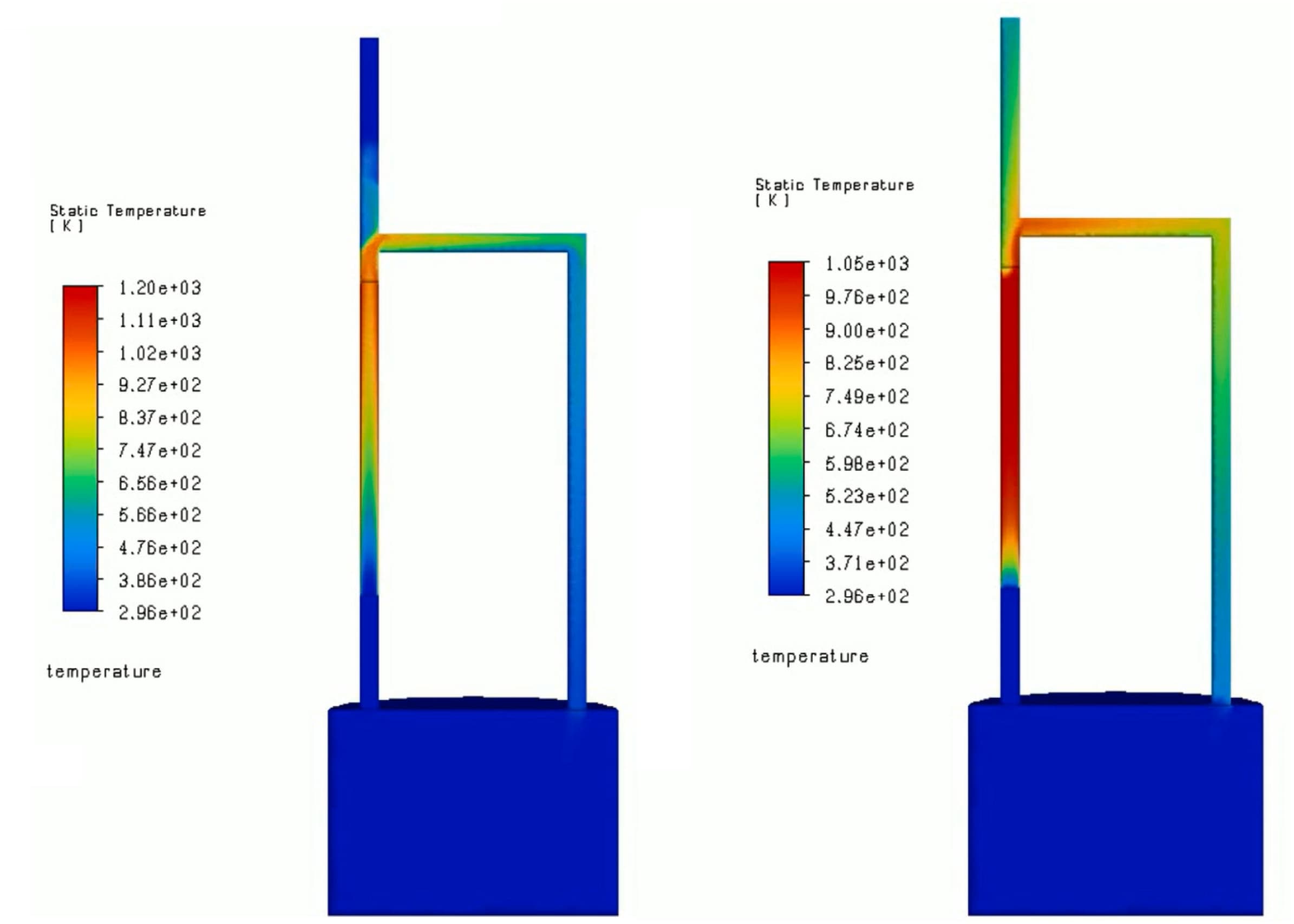
Sensitivity analysis and uncertainty propagation of the time to onset of natural circulation in air ingress accidents
Meredith Eaheart, Jacob Cooper, Molly Ross, Nate See, Majdi I. Radaideh
Nuclear Engineering and Design
DOI: https://doi.org/10.1016/j.nucengdes.2025.114510
This study investigates the time to onset of natural circulation (ONC) during a depressurized loss of forced cooling (DLOFC) event in a high-temperature gas reactor (HTGR). Using a fully automated Ansys Fluent simulation framework with PyFluent scripting, 500 CFD cases were generated with perturbed thermal and material properties. Surrogate models (random forests and neural networks) were trained to predict ONC time and post-ONC temperature, enabling global sensitivity analysis (SA) via Morris screening, Sobol indices, Fourier Amplitude Sensitivity Test, and regional sensitivity analysis. Monte Carlo-based uncertainty quantification was performed using the trained surrogates. Results showed that the heated section temperature was the dominant factor influencing ONC timing, with negligible contributions from heat transfer coefficient (HTC) and other thermophysical properties. In contrast, post-ONC temperature was influenced by both initial temperature and HTC. Sensitivity analysis revealed signs of nonlinear behavior and potential interactions between these parameters. The neural network achieved a test R^2 of 0.986 and MAE of 64 s for ONC timing, and an R^2 of 0.993 and MAE of 10 K for post-ONC temperature. While the random forest performed slightly worse, it still achieved a test R^2 of 0.985 and MAE of 64 s for ONC timing, and an R^2 of 0.964 with MAE of 24 K for post-ONC temperature. Using these surrogate models, the uncertainty propagation results verified the influence of the primary input parameters identified by sensitivity analysis on ONC timing and post-ONC temperature.
Research Focus
Our lab is split into three groups that have different research focuses and intersect heavily with each other. These groups are Reactors, Computing, and Controls. Our major accomplishments are showcased in the Software and Datasets portion of this website.
Meet Professor Majdi

Our People
Meet the talented researchers, scientists, and students who make our lab's groundbreaking work possible.
(View by Group)
Principal Investigators
Group Leads
Research Fellows and Scientists
Graduate Students
Undergraduates
Meet the Team
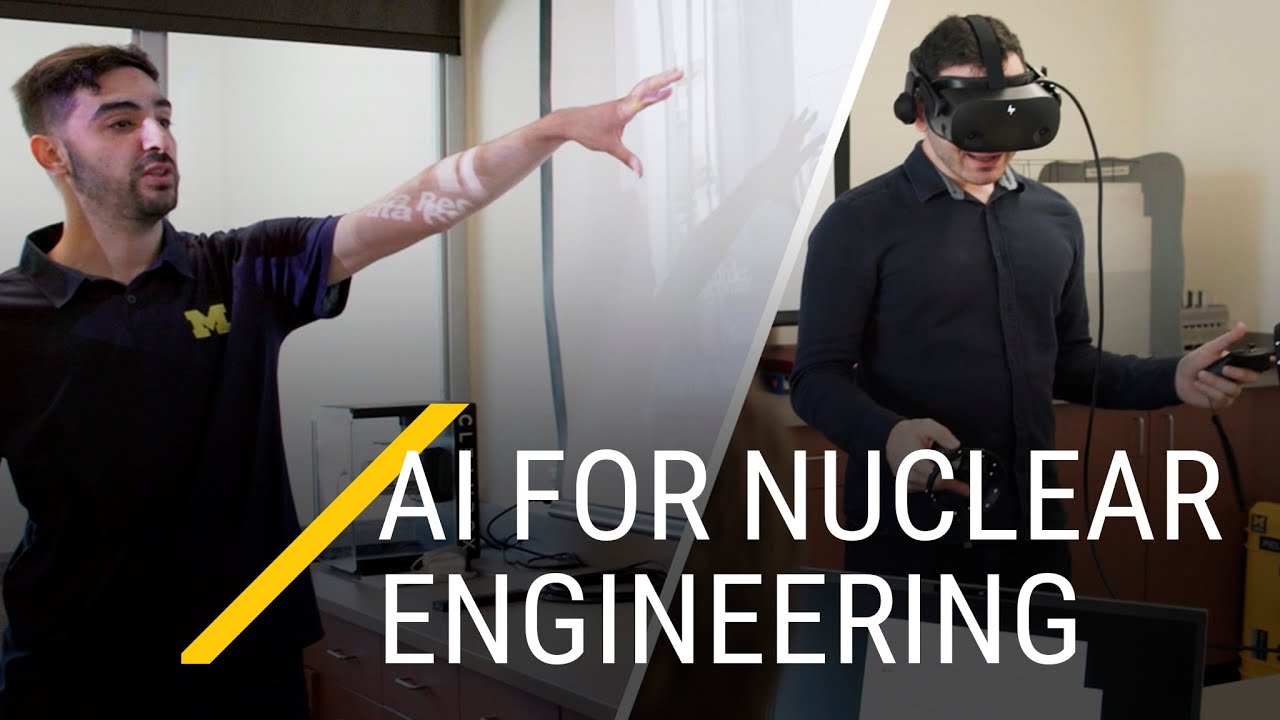
Where We Come From
Teaching Philosophy
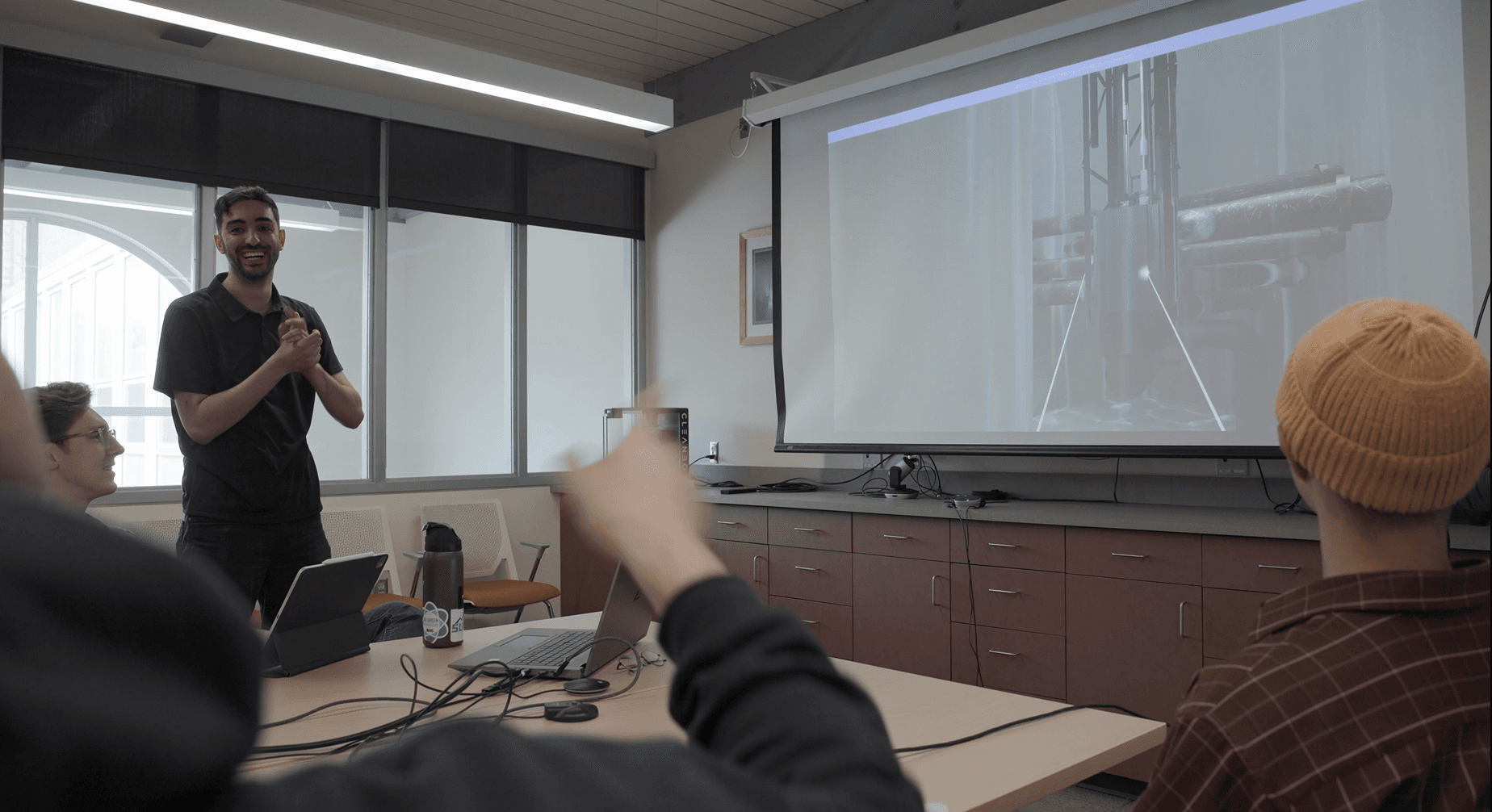
Integrated Theoretical-Computational Approach
Enrolling in one of Prof. Radaideh's courses, you'll quickly find yourself immersed in hands-on learning—often in front of a computer, writing code or troubleshooting reactor simulations.
His teaching philosophy centers on an integrated theoretical-computational approach, where core theoretical concepts are immediately reinforced through practical application in a lab-based setting that extends throughout the semester.
Students gain experience with nuclear reactor simulation tools, programming, machine learning algorithms, and high-performance computing systems—all while deepening their understanding of the underlying theory.
NERS 442
Nuclear Power Reactors
NERS 462
Nuclear Reactor Safety
NERS 590
Applied ML for Nuclear Engineers
Our Sponsors
We are grateful to all our current and past sponsors for their support!
Our Gallery
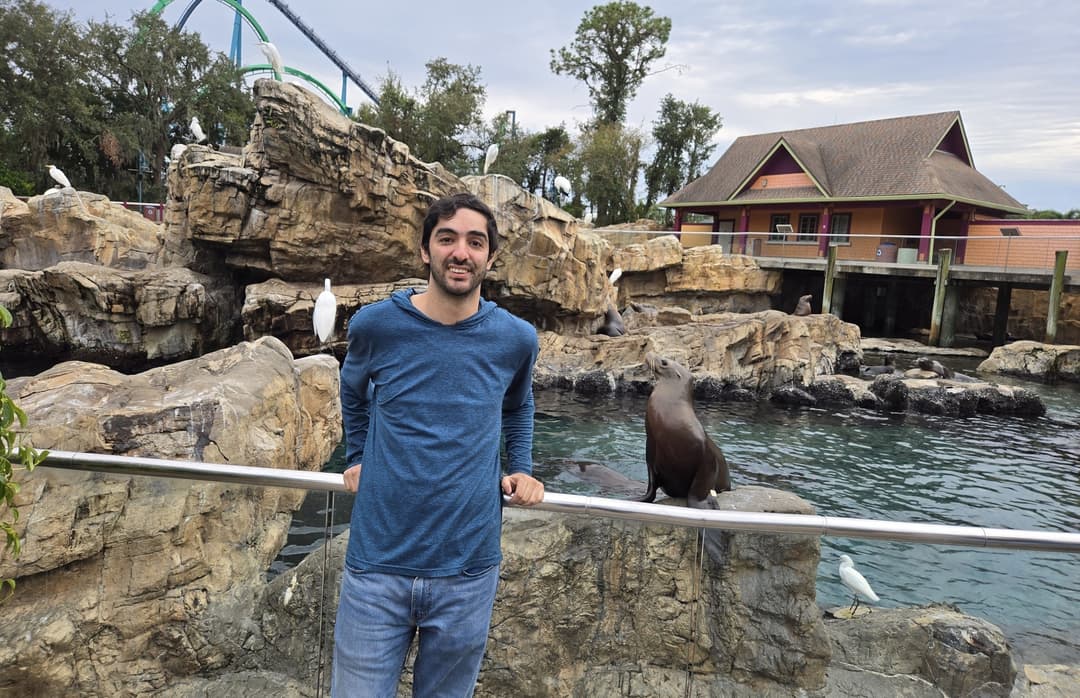

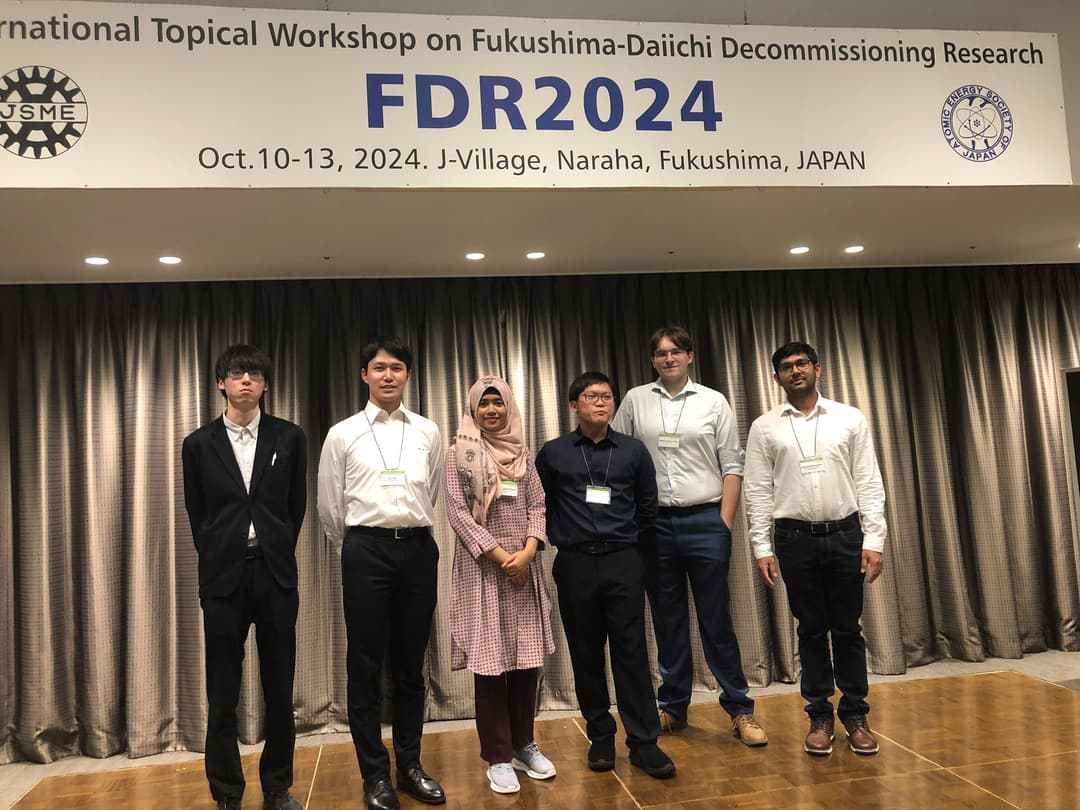
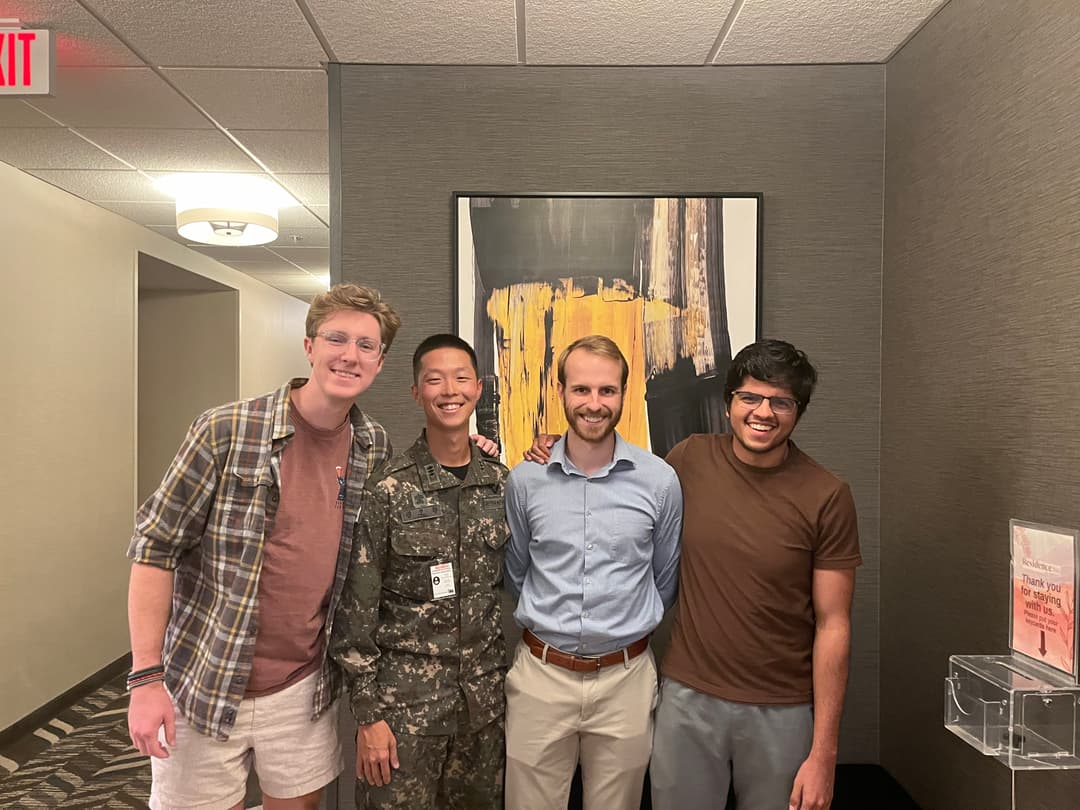
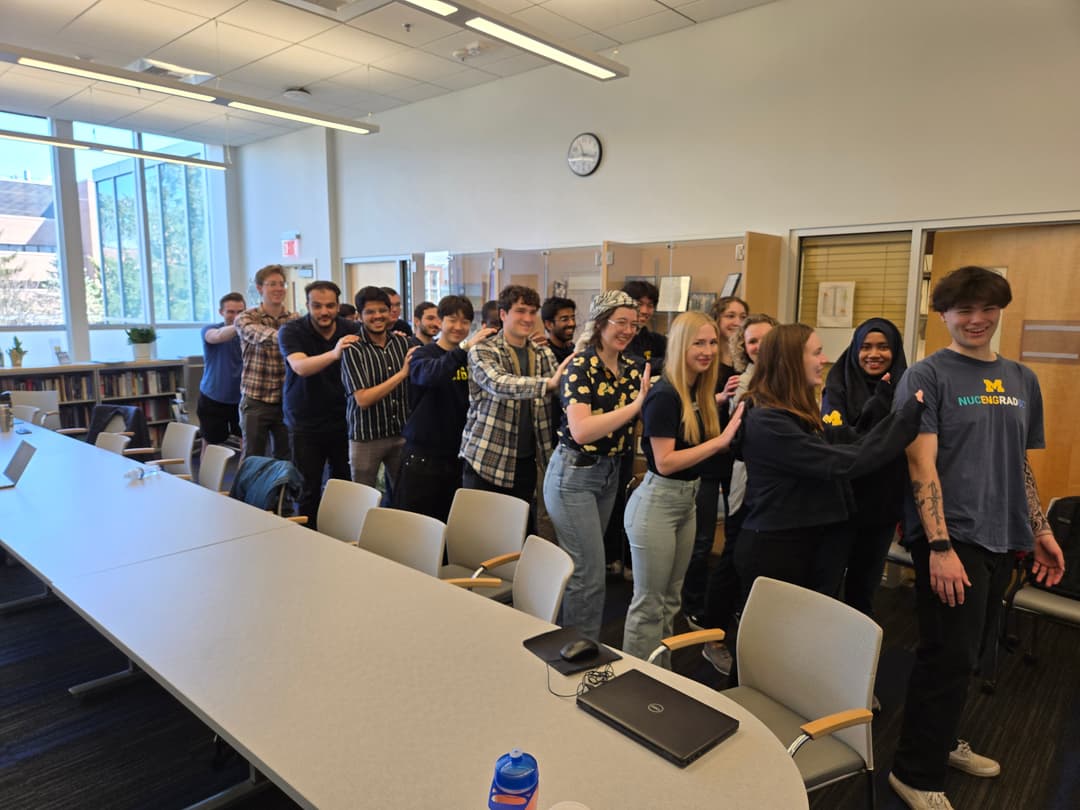
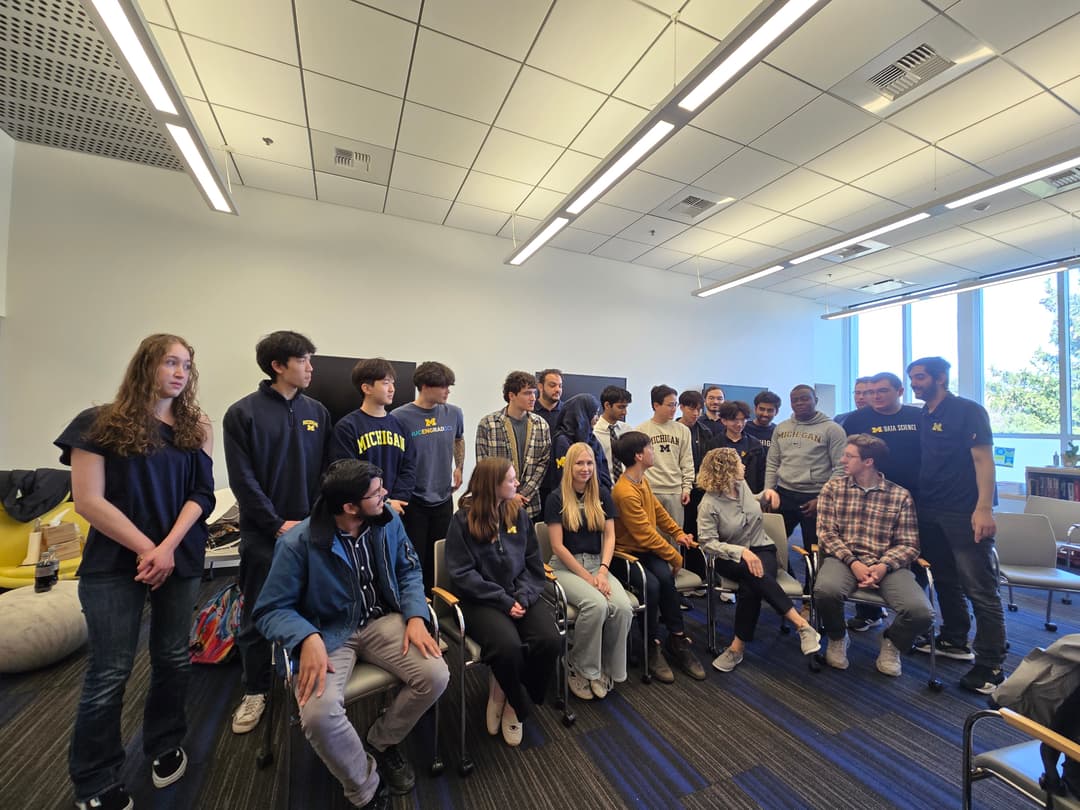
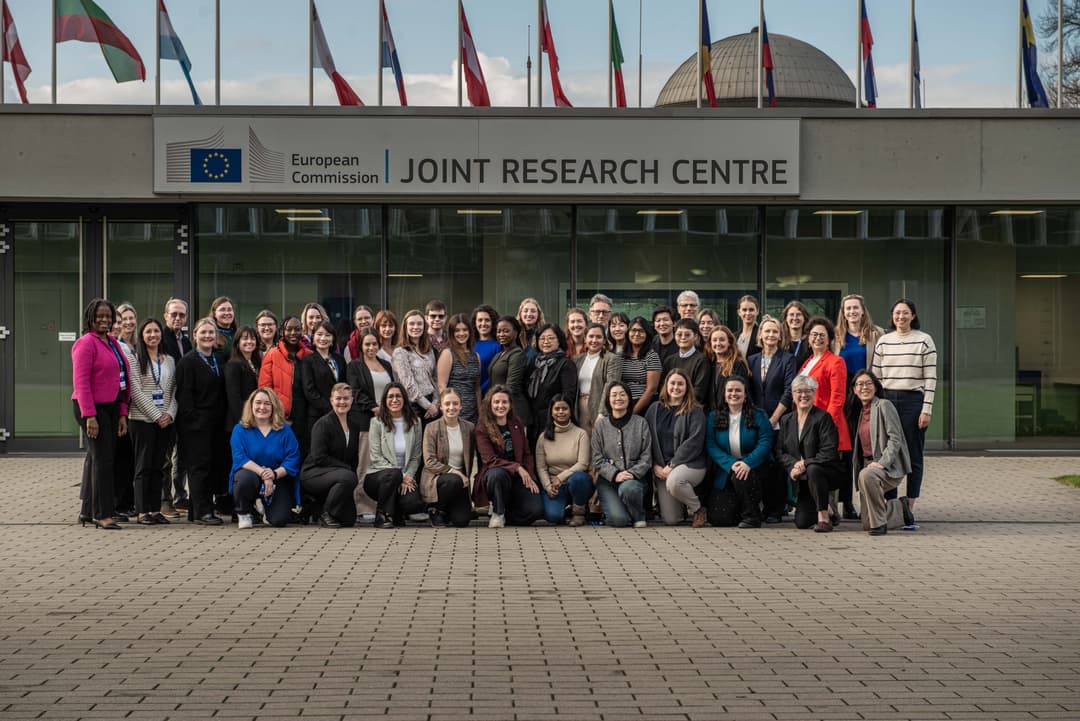

Want to Join Us?
Are you a PhD student looking for postdoc? Undergrad looking to continue graduate school? MS student looking for PhD? This is what you need to know about us!
Please email Professor Radaideh at radaideh@umich.edu with the subject line: "Joining AIMS Lab as a [Your academic status] - [Your name]"
